The subtleties of self-collecting cucumber seeds and harvesting them for sowing
The desire of the summer resident to independently collect the seeds of cucumbers of the variety he likes is quite feasible if he is dealing specifically with varietal representatives of the culture, and not with hybrids. In order not to waste time and get quality material, it is important to learn the intricacies of the process.
How to choose the right fruit?
Choosing a cucumber correctly is the main task. It is high-quality seed that serves as the basis for a good harvest in the future.
Hybrids with excellent resistance and high yields (indicated by indices F1 or F2) are not suitable for collecting seeds.
Of the varietal cucumbers, the choice is made on the strongest bush, where female flowers prevail in quantity over male ones. To exclude cross-pollination, the pollen is transferred to the female flowers by hand, then they are covered with gauze.
At the end of the season, several of the highest quality fruits are noted on the selected plant, in which varietal characteristics are fully expressed. The best are the cucumbers formed on the lateral shoots of the first order.
For marking, use a bright ribbon loosely tied around the stalk. If the cucumbers grow in sprout, a plank or a piece of plastic is placed under the selected fruits to protect future seeds from rotting.
On the selected bushes during the growing season, they are not allowed to develop the fruits of the inappropriate shape of the variety, they are immediately cut off. The fruits intended for seeds are left on the lashes until they are fully ripe. When the skin color becomes yellow, light brown or yellow-brown (the shade differs depending on the variety), the stem and tip will dry out, and the body of the cucumber becomes soft, it is removed from the whip.
If the weather has deteriorated for a long time, the fruits are plucked unripe and ripened under room conditions for 10-15 days.
How to prepare seeds?
A fully ripe cucumber removed is cut lengthwise, cut off at least a third of its length adjacent to the stalk. It is generally accepted among gardeners that the remaining seeds give more friendly shoots, a bountiful harvest. There is another opinion: if you take the seeds from the top of the cucumbers, the greens grown from them will have a bitter taste.
Seed harvesting algorithm:
- Extract the seeds with a teaspoon.
- Place them in a glass or ceramic container. If there is little juice, add a small amount of water.
- The cup is covered with a gauze cloth and placed in a warm place, where it is kept for 48-60 hours to release substances that allow the seedlings to hatch through the shell.
- After this time, add water to the top of the cup, mix well.
- During this process, empty, unripe seeds emerge, and full-fledged ones are freed from the remnants of the pulp.
- The liquid with litter is carefully drained, the remaining seeds are washed with running water.
- Seeds are laid out on a sheet of paper in a thin layer, placed on a warm, moderately lit windowsill without exposure to sunlight, away from heating appliances.
- During drying, the temperature is maintained at about 20 ° C, the grains are regularly agitated so that they dry evenly.
If the seed fruit begins to rot, the affected area is completely cut out. The residue is incubated for a few minutes in a solution of any available fungicide.
There is another way to separate the seeds from the pulp. The pulp with grains is scraped into a container, after fermentation, fine, well-washed sand is added. The components are mixed well, then the "dough" is carefully rubbed through a plastic sieve. The pulp fibers pass through the cells, the seeds remain. They are washed to remove sand and dried.
Seed storage
When the seeds are completely dry, they are poured into a bag or bag made of natural breathable material (paper, cotton, flax) - it is easy to make it yourself. The container should be large enough so that the seeds are not packed tightly - without air access, they will lose their germination.
The bags with planting material are marked with the year of collection and the variety of cucumbers. They are stored in a dry place, the optimum temperature is 16-18 ° C, lighting is not necessary.
The tricks of summer residents
Experienced summer residents use some tricks that allow you to prepare high quality seed with less time.
It often happens that self-collected seeds are planted the next year. At the same time, someone has almost no harvest, while someone collects it in buckets. The fact is that for abundant fruiting, the seeds need to mature for at least three years. But if you collect seeds from "female" cucumbers, they can be planted next spring and expect a big harvest. The sex is determined by the number of seed chambers: for "male" cucumbers there are three, for "female" ones - four. Outwardly, they are distinguished by their shape: the first triangular, the more rounded - the second.
For late-ripening cucumbers, another, rather simple way of harvesting is suitable. The fruits are simply left on the vine until frost. This gives the seeds good hardening. In the spring they are sown without waiting for several years, and at the same time they get good harvests.
Using self-assembled and properly treated cucumber seeds has its advantages - at least, they are perfectly adapted to the peculiarities of the suburban area (soil composition, air humidity, microclimate), they are resistant to characteristic lesions. Although the process of harvesting them itself is somewhat delayed in time, there are no difficulties in it, it is equally accessible to an experienced or novice gardener.

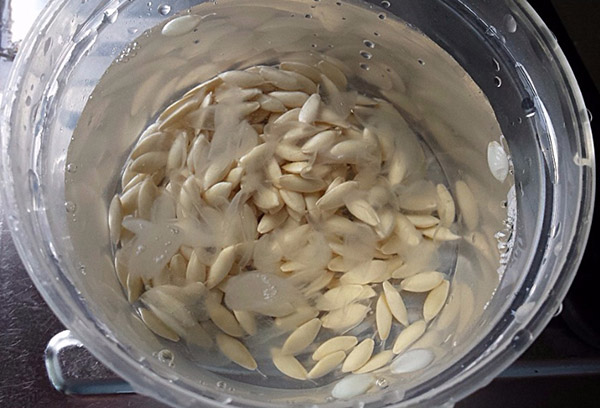
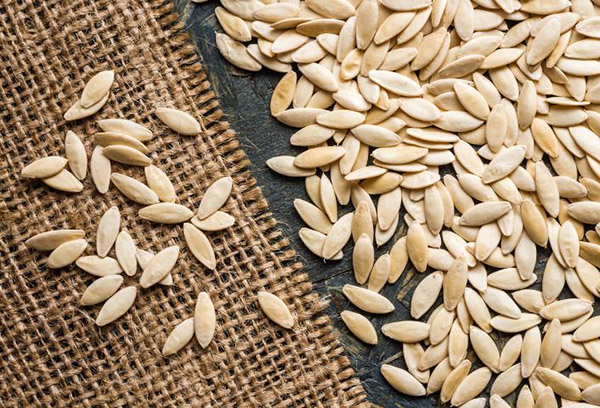
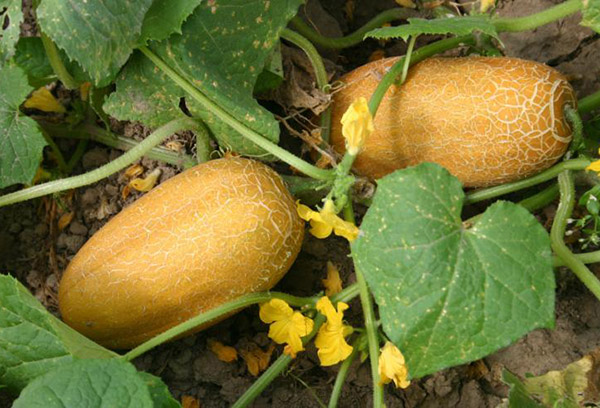

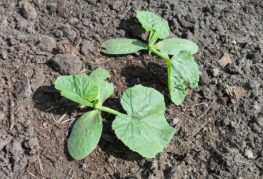
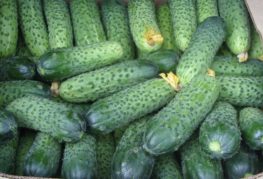

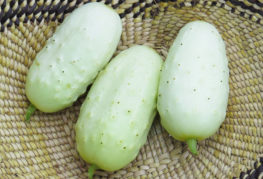

and will be published shortly.